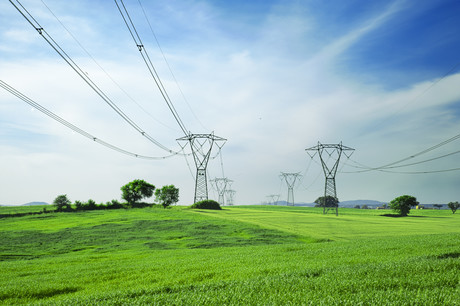Renewables offer cheapest new-build power: report

The inaugural GenCost report, released by CSIRO and the Australian Energy Market Operator (AEMO), has estimated the cost to generate electricity from new power plants in Australia — with solar and wind technologies found to cost the lowest amount.
Preparation of GenCost 2018 involved consultation with a broad range of industry stakeholders, including release of draft estimates and projections for review and industry workshops and briefings. Authors largely based their analysis on levelised cost of electricity (LCOE), which includes operating as well as investment costs, and is the best way known to compare the costs of different technologies, like fossil fuel plants (which require relatively low capital costs, but higher operating expenses) and wind and solar (which require high capital outlays but low operating expenses).
According to its lead author, CSIRO Chief Energy Economist Paul Graham, the report serves as an essential annual benchmark to guide strategic decision-making, given technology costs change significantly each year.
“Electricity generation costs are a key ingredient into the electricity sector modelling which underpins much of the sector’s strategic planning and policy analysis,” Graham said.
“Our data confirms that while existing fossil fuel power plants are competitive due to their sunk capital costs, solar and wind generation technologies are currently the lowest-cost ways to generate electricity for Australia, compared to any other new-build technology.
“At a global level, the investment costs of a wide range of low-emission generation technologies are projected to continue to fall, and we found new-build renewable generation to be least cost, including when we add the cost of two or six hours of energy storage to wind and solar.
“This also holds when the cost of fossil generation technology is adjusted for climate policy risk or not.
“Data from GenCost 2018, combined with some of our previous research, indicates we may need additional flexible technologies — such as energy storage, demand management and peaking gas plants — if the share of variable renewables increases beyond 50%.”
Nicola Falcon, AEMO Group Manager Forecasting, said AEMO looks forward to using the GenCost figures. She said, “The reports will act as the foundation for initial discussions with stakeholders when we commence our modelling inputs and scenario consultations for the next Integrated System Plan.”
Research in 2019 will identify in more detail the least cost set of balancing solutions required by variable renewables once they represent a significantly larger share of the generation portfolio. In the meantime, the 2018 report can be viewed here.
Please follow us and share on Twitter and Facebook. You can also subscribe for FREE to our weekly newsletter and bimonthly magazine.
Berrima Cement Works upgrades with sustainable tech
Boral has unveiled new carbon-reducing technology at the site, which supplies 40% of cement in...
Australian orgs partner to speed circular economy
GS1 Australia has joined forces with the Product Stewardship Centre of Excellence to drive the...
Victorian utility recognised at Asian Water Awards
South East Water won two awards for its Hydrotrak Geofencing technology, which has helped it to...







